Top Indica Cannabis Strains 2025: Effects and Understanding
In 2025, understanding Indica cannabis strains is crucial for enthusiasts navigating the evolving ma…….
The year 2016 marked a significant turning point in the global cannabis industry, with a surge in interest and innovation surrounding specific cannabis strains. The concept of “top strains” became a hotly debated topic among cultivators, researchers, and enthusiasts, each offering their unique perspectives on which varieties deserved the prestigious title. This article aims to delve into the world of top cannabis strains in 2016, exploring their characteristics, global impact, economic implications, technological advancements, regulatory landscape, and future prospects. By examining these aspects, we can gain valuable insights into this dynamic sector and its potential for growth and transformation.
In the context of cannabis, a “top strain” is a variety that has gained widespread recognition for its exceptional qualities, including unique terpene profiles, high cannabinoid content, desirable effects, and cultural significance. These strains are often sought after by medical and recreational users alike due to their potential therapeutic benefits and distinct sensory experiences. The ‘top’ designation is subjective, evolving through community feedback, scientific research, and industry trends.
The year 2016 was a pivotal moment in cannabis legalization and acceptance, with many countries and states adopting more liberal policies. This shift created an environment conducive to the exploration and cultivation of diverse cannabis strains. The focus on top strains emerged as a way to categorize and promote varieties that met the highest standards, appealing to a growing market of discerning consumers.
Top cannabis strains represent the pinnacle of selection from thousands of available varieties worldwide. They are the result of meticulous breeding programs, genetic modifications, and natural adaptations, all aimed at enhancing specific attributes. These strains play a crucial role in educating consumers about the diverse effects and benefits of cannabis, fostering a culture of quality and responsible consumption.
The global cannabis market experienced significant growth in 2016, with many countries embracing medical and recreational cannabis use. This trend led to an increased demand for top strains, both locally and internationally. Countries like Canada, the United States, Germany, and several European nations became hotspots for cannabis cultivation and research, driving the global conversation around top strains.
Legalisation and Decriminalisation: The growing acceptance of cannabis led to more countries legalising medical or recreational use, creating a stable environment for strain development and cultivation.
Focus on Terpene Profiles: There was a rising trend among cultivators and consumers to appreciate the therapeutic benefits and unique experiences offered by specific terpene profiles. This shift resulted in greater emphasis on strains with distinct aroma and flavour characteristics.
High CBD Strains: Cannabidiol (CBD), known for its potential medicinal properties, gained immense popularity. Cultivators began breeding strains with higher CBD content, catering to users seeking non-psychoactive options or specific therapeutic effects.
North America: The United States saw a surge in indoor cultivation and the development of hybrid strains, while Canada focused on establishing robust legal frameworks and promoting high-quality medical cannabis products, including top strains.
Europe: Germany led the way in research and cultivation, with a particular focus on medicinal applications. Other European countries, such as the Netherlands and Spain, became renowned for their diverse indoor and outdoor cultivation practices.
Asia: Countries like Israel and Japan made significant strides in medical cannabis research, developing top strains tailored to specific health conditions.
The global cannabis market experienced tremendous growth in 2016, driven by legalisation, changing consumer preferences, and the emergence of new cultivation techniques. The demand for top strains contributed significantly to this expansion, creating a niche market with premium pricing.
Cultivation and Research: Private equity firms and venture capitalists invested heavily in cannabis cultivation facilities and research institutions, recognising the potential for high returns on investment in the top strain market.
Cannabis Tourism: Legalised states saw an influx of tourists seeking to participate in legal recreational use, driving demand for premium cannabis products, including top strains.
Online Retail: The rise of online cannabis retailers facilitated global distribution and access to top strains, further boosting the market’s growth.
Top cannabis strains have become integral to the economic systems of many legal markets. They contribute to job creation, tax revenue, and agricultural diversification. As the industry matures, the economic impact is expected to grow, with top strains playing a pivotal role in shaping local economies.
Genetic modification techniques allowed cultivators to create new top strains with precise cannabinoid and terpene profiles. This technology enables the development of highly sought-after varieties with specific effects and therapeutic benefits.
The use of hydroponic systems and advanced cultivation methods, such as LED lighting and climate control, revolutionised indoor cannabis farming. These techniques resulted in higher yields, improved quality control, and the ability to produce top strains year-round.
Advancements in cannabis testing technologies allowed for precise measurements of cannabinoid and terpene levels, ensuring consistency and quality in top strain products. This advanced testing has become an essential tool for cultivators, helping them meet consumer expectations.
Many countries and states legalised cannabis use in 2016, leading to the establishment of robust regulatory frameworks. These regulations included licensing requirements for cultivation, distribution, and sales, ensuring product safety and quality.
New laws mandated minimum purchase ages and implemented consumer protection measures, such as child-proof packaging and clear labelling, to ensure responsible consumption, especially among youth.
Legal frameworks also facilitated medical cannabis research, leading to the development of top strains for specific health conditions. Patients gained better access to high-quality, therapeutic-grade cannabis products.
The top cannabis strain market is expected to continue growing globally, driven by legalisation and changing consumer attitudes. The future may see further diversification, with a wider range of strains catering to various preferences and medicinal needs.
As the industry expands, establishing uniform quality standards becomes essential. Standardising testing methods and cultivation practices will ensure consistency in top strain products, enhancing consumer trust and safety.
Addressing social stigmas and promoting education about cannabis use remain crucial for widespread acceptance. Top strains can play a role in this by encouraging responsible consumption and destigmatisation through their high-quality, therapeutic profiles.
International collaboration in cannabis research is essential to unlock the full potential of top strains. Sharing knowledge and resources globally will lead to breakthroughs in medicine, agriculture, and strain development.
The concept of top cannabis strains in 2016 marked a significant shift in the industry, bringing attention to quality, diversity, and therapeutic potential. This analysis highlights the global impact, economic implications, technological advancements, and regulatory changes that shaped this dynamic sector. As we move forward, the future of top strains looks bright, with endless possibilities for innovation, research, and responsible cannabis use.
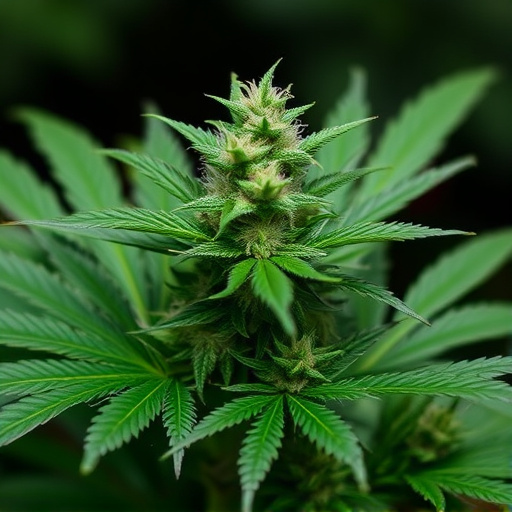
In 2025, understanding Indica cannabis strains is crucial for enthusiasts navigating the evolving ma…….
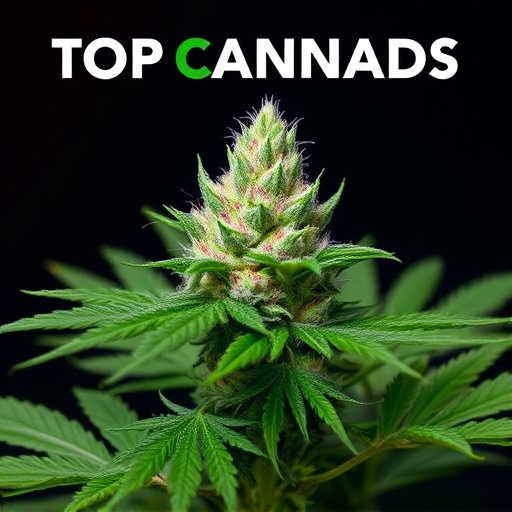
By 2025, hybrid cannabis strains have become a dominant trend, offering a wide range of therapeutic…….
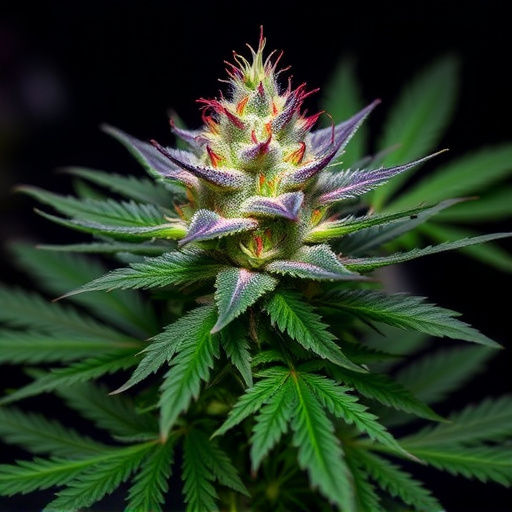
The year 2025 witnesses a thriving cannabis industry with advancements in research, offering diverse…….

Vaporization and combustion are contrasting smoking methods for cannabis, with vaporization offering…….
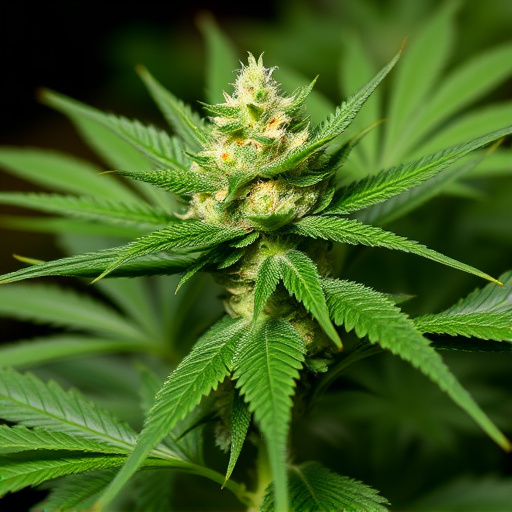
The genetic makeup and cannabinoid profiles of marijuana plants greatly impact the intensity and dur…….
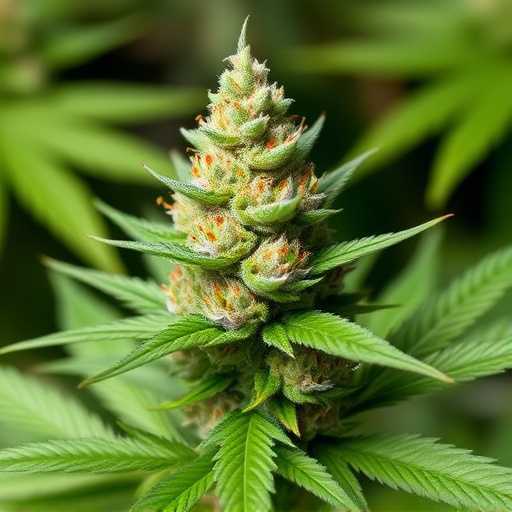
In 2025, maximizing your cannabis experience requires understanding your preferences for desired eff…….
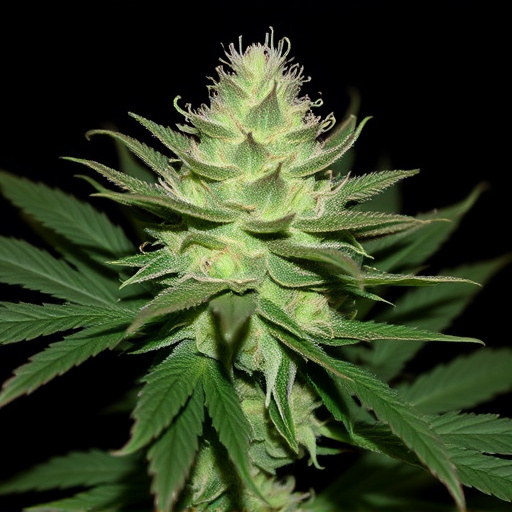
Unwinding with Indica, a prominent 2025 top cannabis strain, offers natural stress and anxiety relie…….
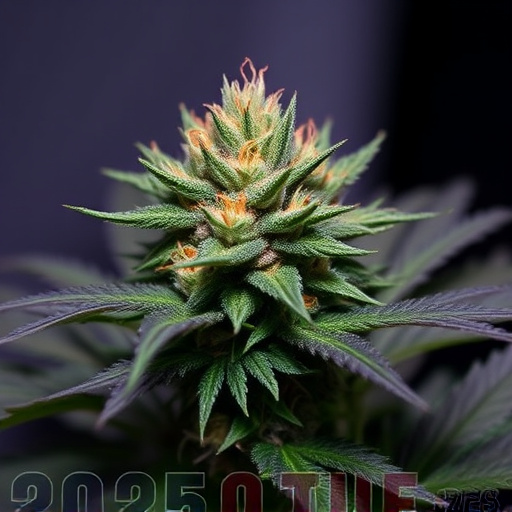
The rapidly evolving cannabis market in 2025 offers a wide array of top strains for diverse user pre…….
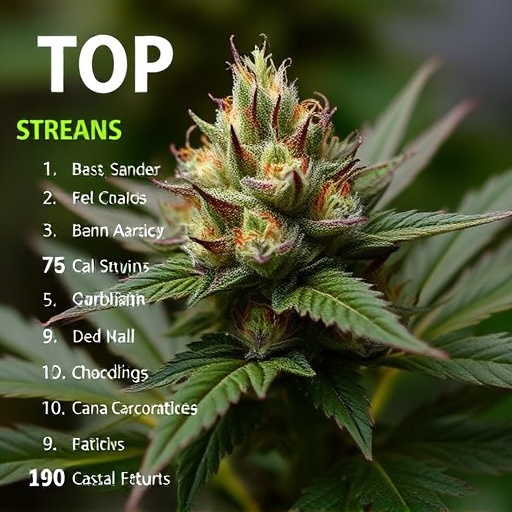
By 2025, the global cannabis market offers a diverse range of potent recreational strains with uniqu…….
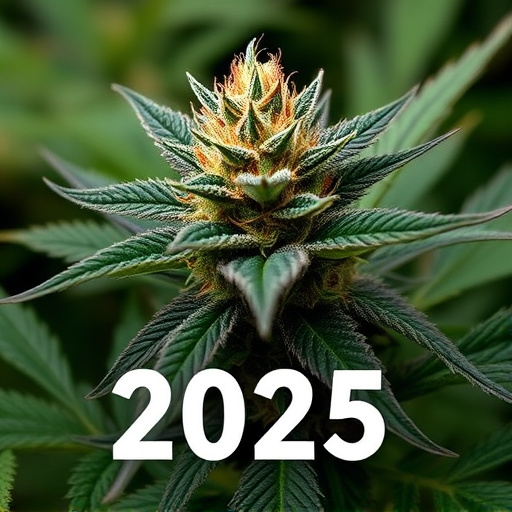
In 2025, Indica strains dominate the cannabis market for their calming and pain-relieving properties…….